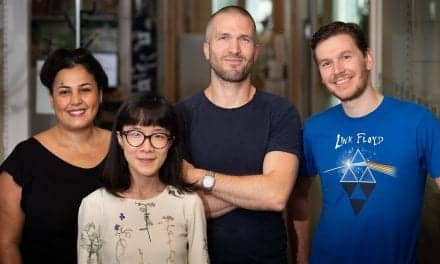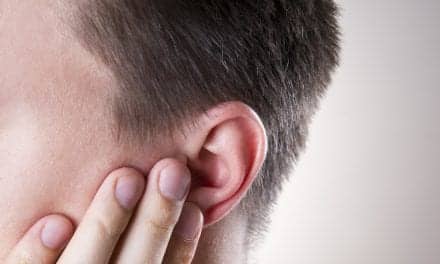Australian author and academic David Tuffley challenges bold claims that a neuroprosthetic device developed by Elon Musk’s Neuralink start-up company could “cure tinnitus” within five years, in an article on The Conversation website.
According to Tuffley’s description, the coin-sized, brain–computer interface from Neuralink known simply as a “Link,” is implanted flush with the skull by a precision surgical robot. A thousand miniature threads then connect Link to certain neurons; Link is also connected to an external computer via Bluetooth for communication, Tuffley explains in the article.
Though the neuroprosthetic device may be useful in the future for those with neurological disorders such as Parkinson’s disease or epilepsy where a disconnect exists between the brain and nerves, Tuffley says, it is unknown how long clinical data indicating it is safe for human use to garner FDA approval, will take. He goes on to say that neuroscientists seem “broadly optimistic” that the device has the potential to treat tinnitus, given that the Link prothesis connects to the cerebral cortex (surface layer) of the brain where it could treat damage to the brain’s ability to process motor sensory input or output. According to the National Institute on Deafness and other Communication Disorders (NIDCD), there are several theories as to why the brain perceives sound when there is none, including that the brain’s neural circuits are adapting to the loss of sensory cells by increasing sensitivity to sound; abnormal interactions between neural circuits involved in hearing (which are not only involved in processing sound) ; or a neural circuitry imbalance caused by a change in signal activity in the auditory cortex. Neural implants like cochlear implants that stimulate the cochlear nerve have been around for decades.
Given that the Neuralink neuroprosthetic device is currently classified as an FDA class III medical device in the riskiest category, it may be some time before the Link is available to the general public.
To read the article in its entirety, please click here.
Source: The Conversation, NIDCD






